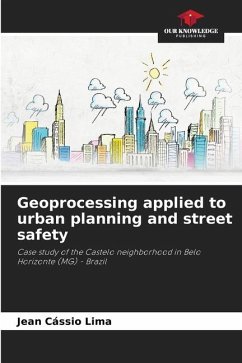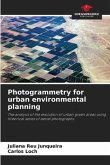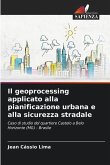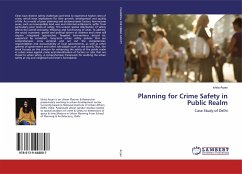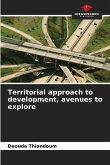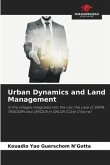Brazilian cities are experiencing a phenomenon in which rising rates of urban violence have caused fear when walking the streets. The solution to the problem of violence involves different spheres of government and professionals, but it is the role of the urban planner to propose the design of a city that can itself foster the factors that generate security for its streets. Urban planning focused on security is not capable of extinguishing violence in cities, but it is capable of minimizing its damage. The use of geoprocessing techniques as urban planning tools has proved effective in diagnosing problems and proposing solutions. The results of this research show that by identifying the variables that generate a sense of insecurity in the streets, there are viable ways for planners to intervene.

